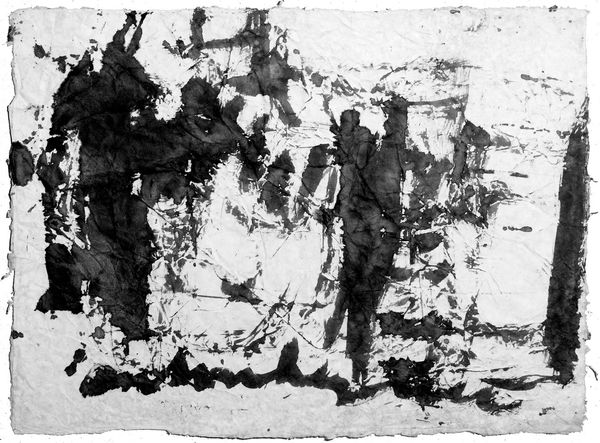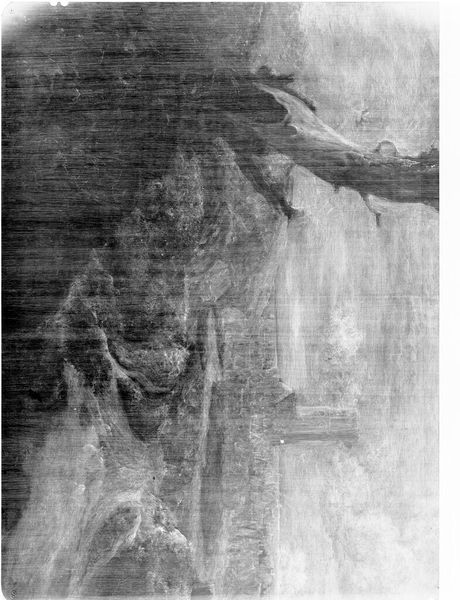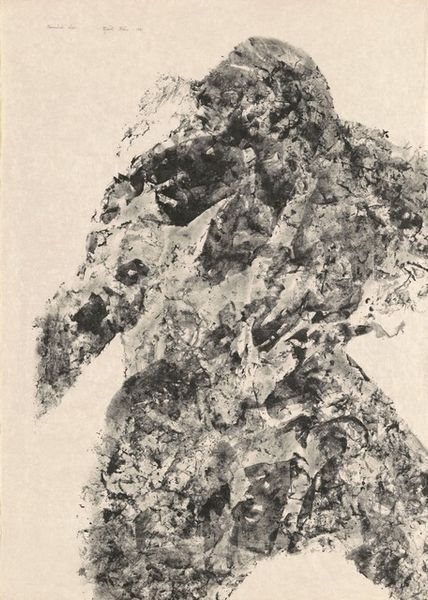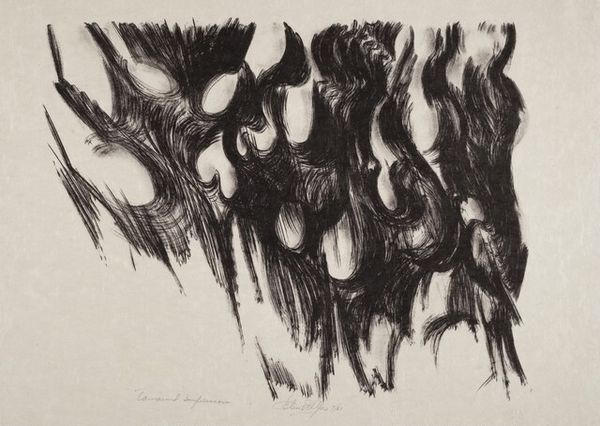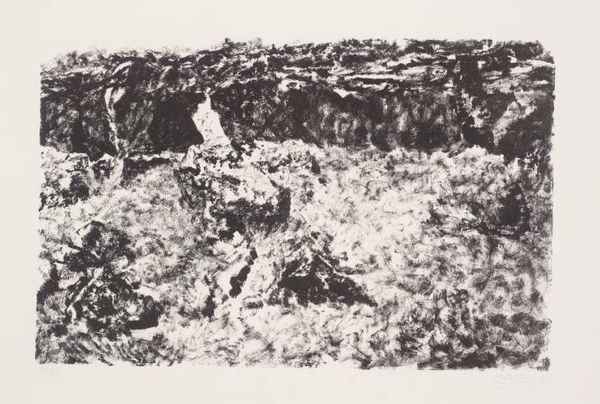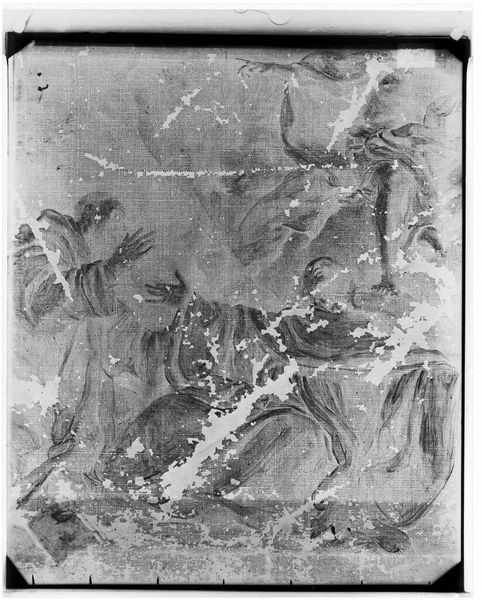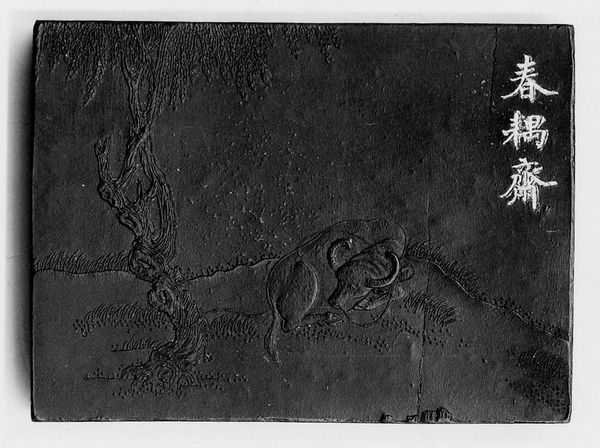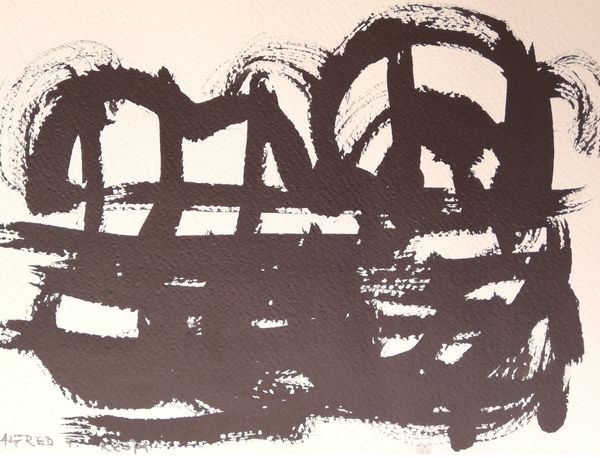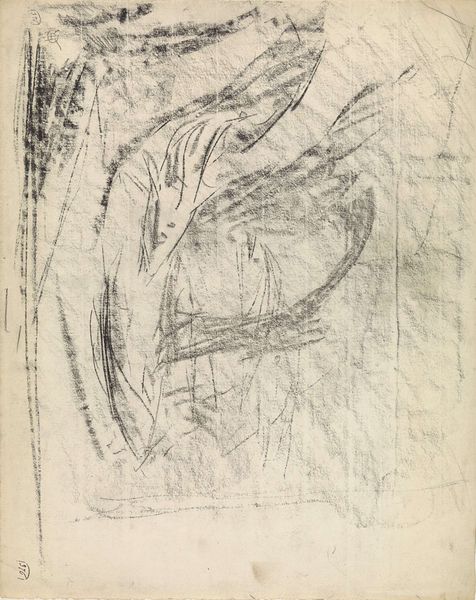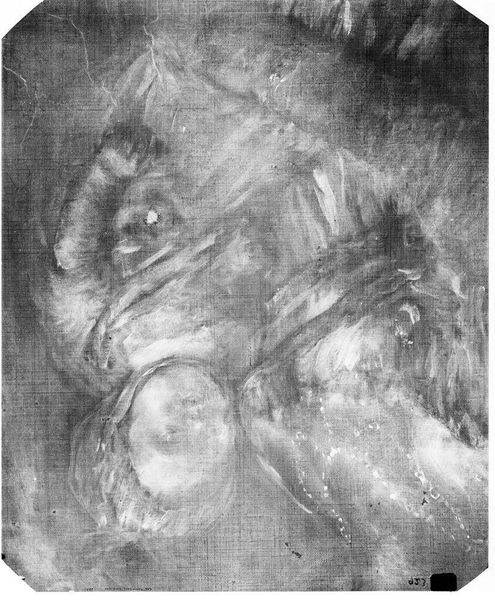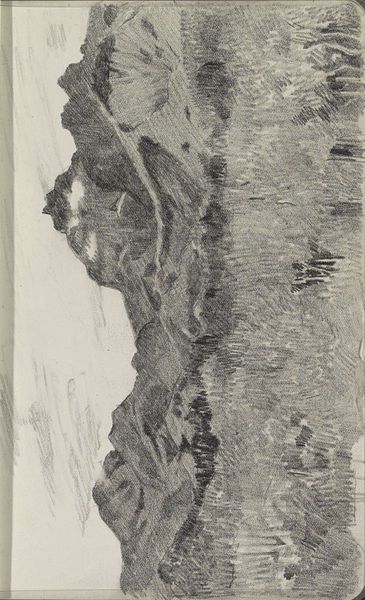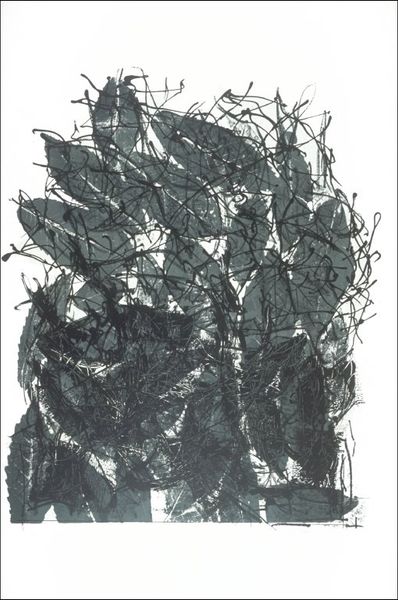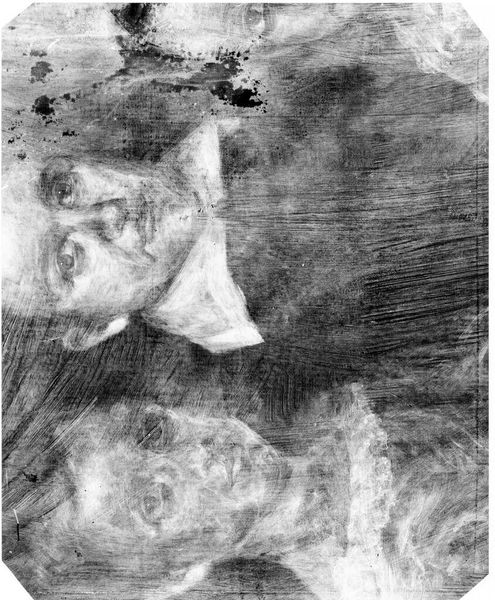
painting, ink
#
tree
#
contemporary
#
painting
#
landscape
#
ink
#
sketch
#
abstraction
Copyright: Creative Commons NonCommercial
Curator: What an intriguing composition. My immediate impression is one of somber reflection. Editor: This is "The Kupa River near Rechica Village," an ink painting crafted in 2000 by Alfred Freddy Krupa. The image offers a rather complex interplay of landscape and abstraction. Curator: The abstraction certainly catches the eye. I am also drawn to its horizontality. It almost feels like the eye of a storm frozen in ink, yet, at the same time, one feels calm and stillness in this river scenery. I wonder, how was it received at the time of its creation? Editor: Well, it is important to understand Krupa's artistic position. At that time, the public perception of landscape art was largely framed by expectations of realism, particularly after the dominance of Socialist Realism. His contemporary style allowed him to challenge those expectations. Curator: Indeed. And technically, this is also noteworthy, as Krupa balances the deliberate ink strokes with more suggestive elements of shadow and light, doesn't he? It's almost as though he's interrogating the very nature of representation, wouldn't you say? Editor: Absolutely. There's a semiotic interplay between the seen and the unseen that’s quite fascinating. You see trees, water, perhaps the hint of a village in the back, but Krupa distills these elements, turning a potentially idyllic scene into an investigation of form. It seems he uses this interplay to reveal the subtle impact that political systems and cultural history have had on this landscape. Curator: What’s most powerful to me is how Krupa utilizes such basic formal devices, just black ink on a white plane. But they come together and offer us something both immediate and enduring about the world. Editor: Ultimately, his focus isn't on conveying any specific message. Rather, it appears, that the work encourages us to look beyond surface representations toward the essence of space and the way a simple scene communicates political messages.
Comments
No comments
Be the first to comment and join the conversation on the ultimate creative platform.
